I am often asked if an electric toothbrush is better than a regular (or manual) one. There is a common belief that a lot of dental and gum problems would be resolved if someone switched to an electric toothbrush. But how true is that? To help people, I made a list of benefits and disadvantages of each type of toothbrush so that they may choose which one to buy for themselves.
Electric toothbrush
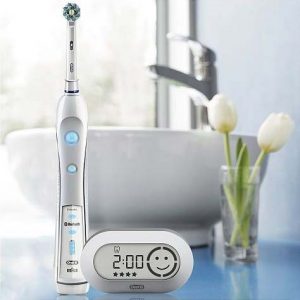 The first electric toothbrush was invented more than half a century ago, and evolved tremendously throughout the years. Today it is very common for them to be found in people’s houses, mostly in the developed countries.
The first electric toothbrush was invented more than half a century ago, and evolved tremendously throughout the years. Today it is very common for them to be found in people’s houses, mostly in the developed countries.
Pros of the electric toothbrush:
- It is more enticing and enjoyable to use an electric toothbrush than a traditional one, which may encourage people to use it. This is particularly true for young children who can associate brushing with having fun.
- Electric toothbrushes save time, as they clean faster than regular toothbrushes do.
- People who have hand dexterity problems, whether concerning very young children, or the elderly, would benefit from an electric toothbrush, as it would clean more efficiently. The rotations and vibrations somewhat compensate for the lack of technique.
Cons of the electric toothbrush:
- It costs more than a traditional toothbrush. Even the cheapest electric toothbrush is pricier compared to manual ones. And the higher the quality you choose, the greater the price will be. The heads must also be changed as frequently as you would change a traditional toothbrush (6 to 12 weeks intervals), and these can also be costly.
- People who have loose teeth, gum recessions, or sensitive teeth in general might find the rotations or vibrations painful. Recent electric toothbrushes can be adjusted to a lower intensity, but using a traditional method of brushing may be more comfortable.
- Furthermore, electric toothbrushes are bulkier than traditional ones. They need more space in your bathroom, or in your luggage when you travel. But travellers still prefer them and make sure they never leave home without their electric toothbrush!
Regular toothbrush
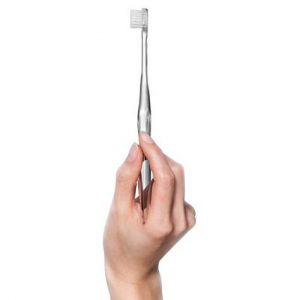 Humans have used tools to clean their teeth for millennia, and the traditional toothbrush that we have today is a prototype that has evolved over the years.
Humans have used tools to clean their teeth for millennia, and the traditional toothbrush that we have today is a prototype that has evolved over the years.
Pros of the traditional toothbrush:
- It is much less pricey than any electric toothbrush. There are no expensive components that can break and would need to be changed.
- You have more control on your brushing. You can decide the intensity and how fast you want to brush. This is especially a plus for people who have a few sensitive teeth and want to brush them extra slowly and softly.
Cons of the traditional toothbrush:
- The use of a traditional toothbrush inspires less enthusiasm, and people are less excited about using it, especially children.
- You need excellent manual brushing technique in order not to miss any spot. Whereas an electric toothbrush makes it easier, and less dexterity is needed.
Conclusion
Both types, the regular and the electric toothbrush, are as performing when well used. However, both do not clean all surfaces of teeth, and that’s why it’s important to floss after brushing.
One last thought is that both types leave out plastic waste, which is not environmentally friendly. Whether it’s the manual toothbrush, or the heads of the electric toothbrush, they need to be changed regularly and thrown away to the trash. I hope that, in the future, new ecologic materials or techniques will clean teeth as efficiently as today’s toothbrush.
References
- Image : Misoka toothbrush, Dezeen.
- Ordinary vs. Powered Toothbrushes, WebMD.

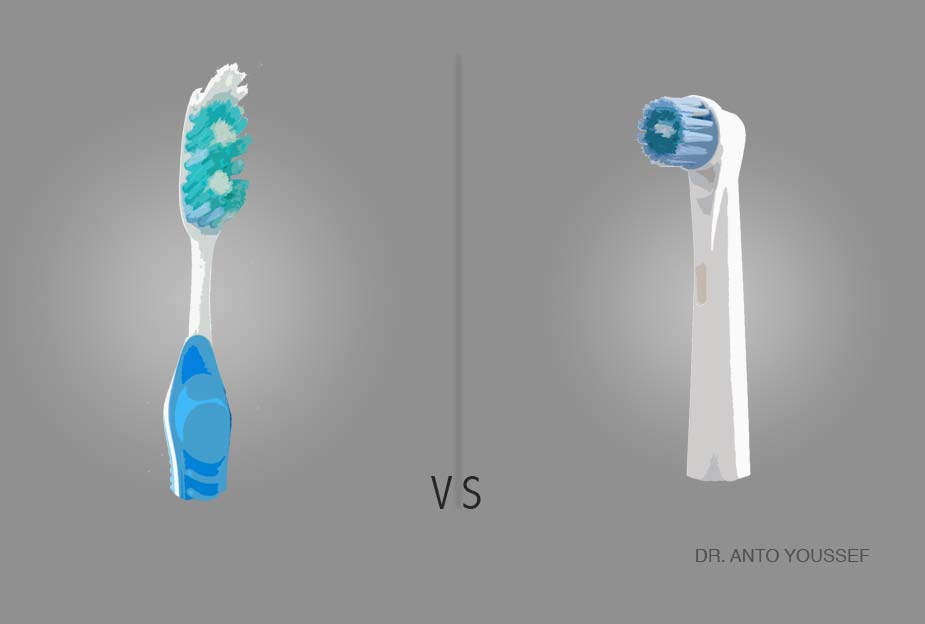
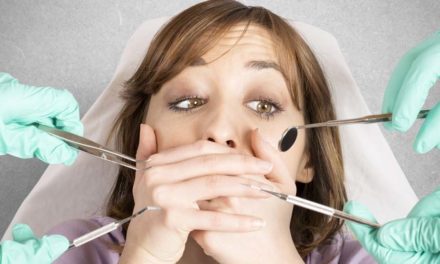
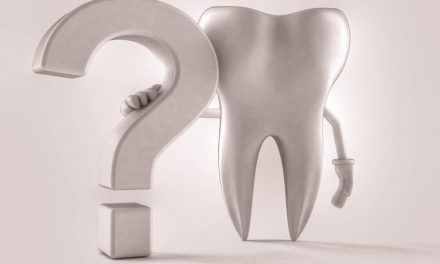
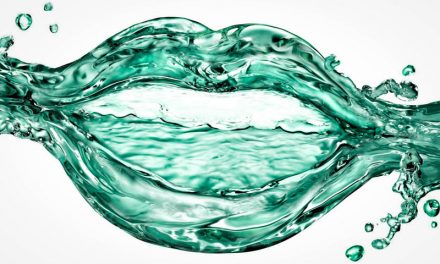
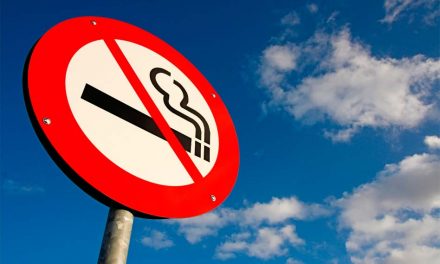
Bonjour Madame,Monsieur
Je viens vers vous car j’ai un problème entre la gencive et le collet jai des encoches sur quelques dents et j’aimerais savoir quelle brosse à dent choisir et quel dentifrice dois-je prendre. Quelles sont les soins proposés pour renforcer l’email dans l’attente d’une réponse je vous souhaite une bonne journée bien cordialement
Bonjour!
Avez-vous essayé une brosse à dent électrique? Celles qui font des rotations peuvent bien contourner et nettoyer les collets des dents difficile à atteindre. Il est important de ne pas appuyer très fort, pour ne pas affaiblir la gencive, ni enlever de la substance dentaire.